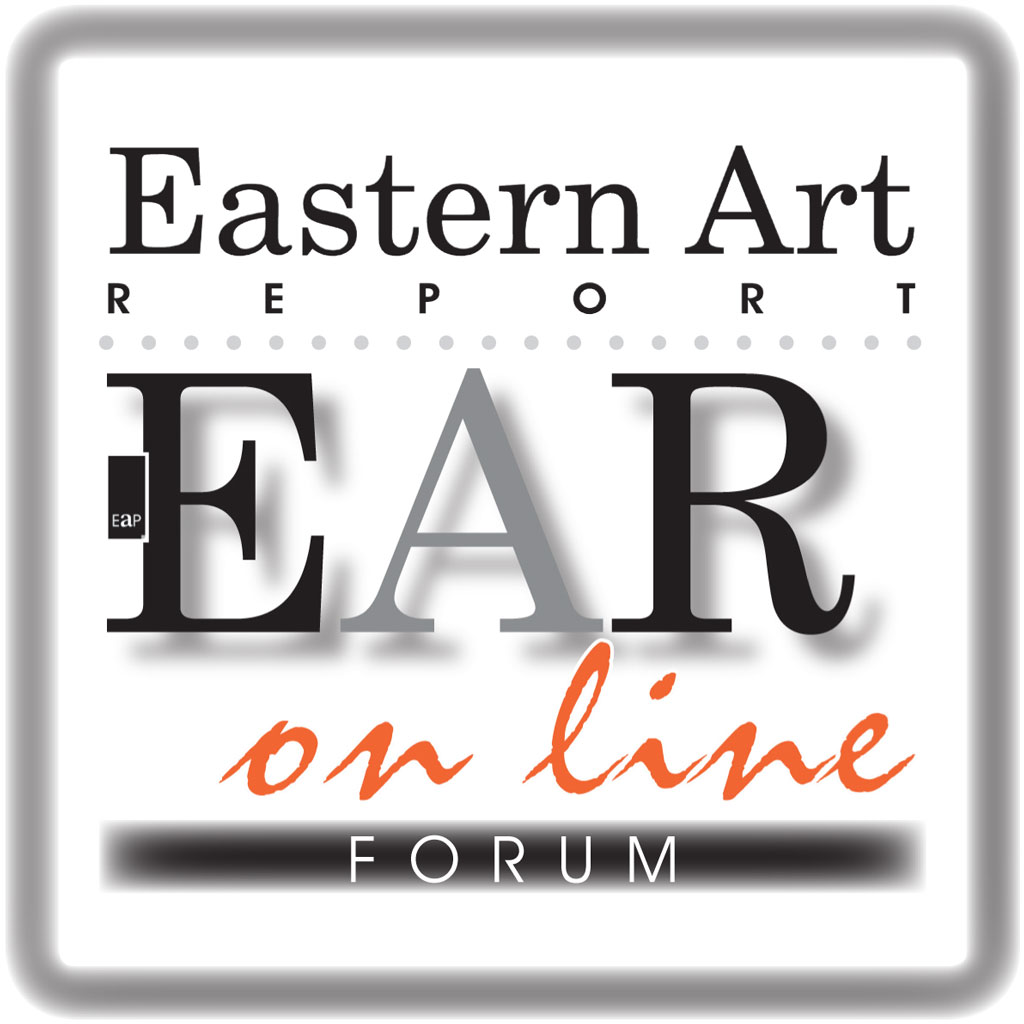The Secret Spirit of Korean Architecture
This lavishly illustrated, thought-provoking book is a response to the growing international interest in Korean architecture, its tangible historical and contemporary forms, and a multidisciplinary contribution to the discourse that has resulted in writing and audiovisual output exploring principal features and themes, materials, techniques and methodologies particular to the genre. Published in hard cover and soft cover editions. Buy

Based on a larger volume in Korean by the internationally renowned Korean architect, Kim Bongryol, The Secret Spirit of Korean Architecture is a timely response to the international interest in Korean architecture, its tangible historical and contemporary forms, and a multidisciplinary contribution to the discourse that has resulted in writing and audiovisual output exploring principal features and themes, materials, techniques and methodologies particular to the genre.
Part of the Saffron Korea Library Series, the book is published in two editions, hard cover ISBN 9781872843827/ISBN-10 1872843824 and soft cover (ISBN-13 9781872843834/ISBN-10 1872843832).
Introduction by Sajid Rizvi, Series Commissiong Editor: The Secret Spirit of Korean Architecture is a response to the growing international interest in Korean architecture, its tangible historical and contemporary forms, and a multidisciplinary contribution to the discourse that has resulted in new writing and audiovisual materials exploring principal features and themes, materials, techniques and methodologies particular to the genre. Korean architecture can rightly be seen as one of the best kept secrets of East Asian cultures and civilisations.
While aspects of Korean art have become increasingly popular worldwide, Korean architecture remains unknown outside the circle of specialists and visitors to the country. This volume is an edited compilation of Kim Bongryol’s acclaimed writings that appeared originally in Korean.
The author holds forth on a range of subjects that are beyond the scope of architecture but may be familiar to students of East Asian art and material cultures, art history and history in general. At the same time he invites the reader to contemplate ideas that are particular to Korea and Korean architecture.
While dealing with histories of the architectural landmarks chosen for discussion, the author surprises the reader with some of the most intimate minutiae of information about people and communities involved in the planning and development of these buildings.
He is not content with extolling the attributes of architectural treasures under his scrutiny and proceeds further to examine and bring into a sharper relief the human dimension behind the existence of these treasures, engaging the reader with eloquent yet piquant passages on that essential aspect of the processes at work in world architecture.
Kim Bongryol does not wish his audience to remain in thrall of the remarkable achievements in Korean architecture; instead he wants the reader to appreciate Korean architecture in the dual contexts of Korean history and contemporary society.
Kim Bongryol is no stranger to the international community of architects and to the world of art and design at large. He has featured in major art and architecture events in the West and has been a pre-eminent participant in biennials such as the Venice Biennale. Buy this book.
About the Author
Kim Bongryol was born in 1958, majored in architecture and attended graduate school at the Seoul National University. He is professor of architecture at the Korea National University of Arts and has contributed numerous articles in the field of history and criticism of architecture.
His three volumes in Korean, Korean Architecture – Traditional Architecture (1985), Beobjusa Temple (1993), and The Architecture of Monastic Vows (1998) have an international following amongst the community of architects in South Korea, the East Asian region at large as well as the Korean architectural communities in North America and Europe.
About the Translator
Lee Yongsuk studied architecture at the Seoul National University and has practised in the fields of architectural design and urban development. Currently he is majoring in Public Policy at the Graduate School of Public Administration, Seoul National University.
Other than this book Lee Yongsuk has translated Interface (2003), articles for various architecture and culture magazines as well as several films.
Table of Contents | Buy
- Foreword (by Sajid Rizvi) | 11
- Preface (by Lee Yongsuk) | 13
- Korean Architecture — A Glossary | 15
State Architecture 16
- 1 Jongmyo, the Silent Monumen | t16
- 2 Suwon Castle, a Triumph of the Practical Mind | 30
Buddhist Architecture 51
- 3 A Story of International Heritage –Bulguksa and Seokbulsa | 51
- 4 A Design Process in Korean Architecture — Buseoksa | 67
- 5 Imagination in the Ruins–Mireukdaewon | 84
- 6 The Last and the Best — Seonamsa | 100
Confucian Architecture 116
- 7 Byeongsanseowon | 116
- 8 Labyrinths for the Recluse –Dokrakdang and Oksanseowon | 138




